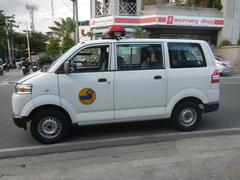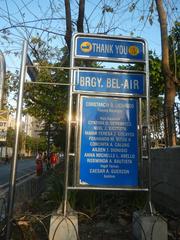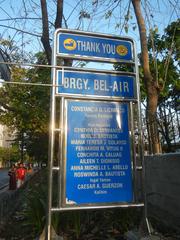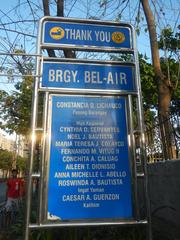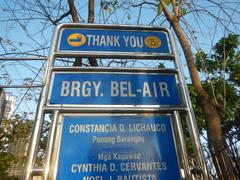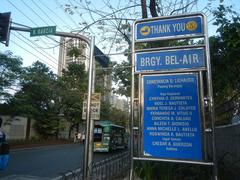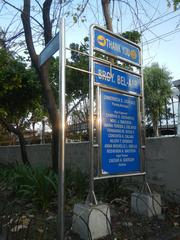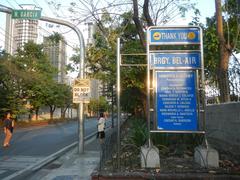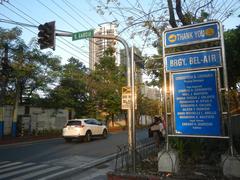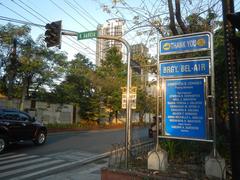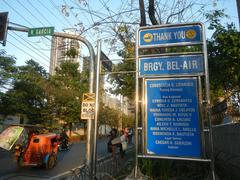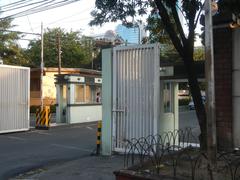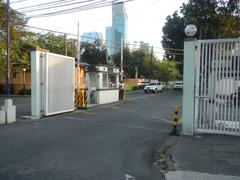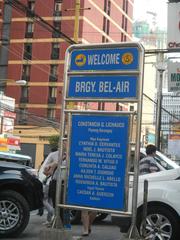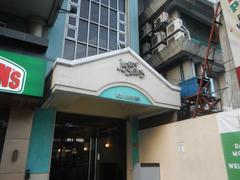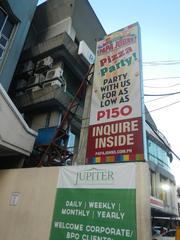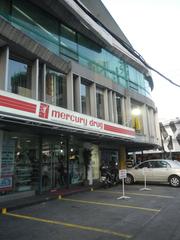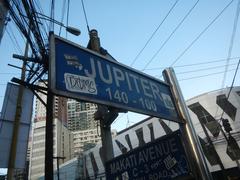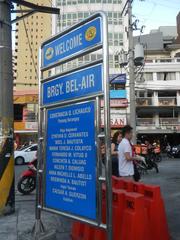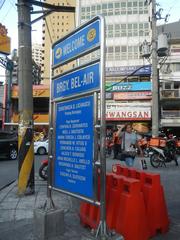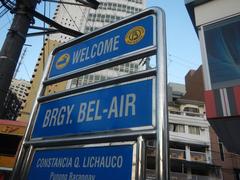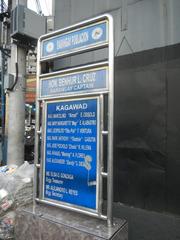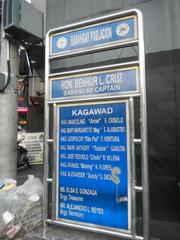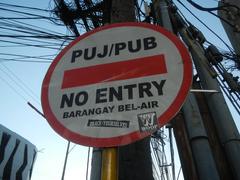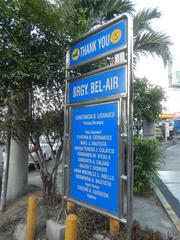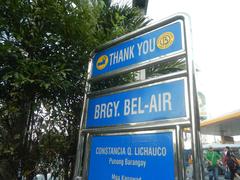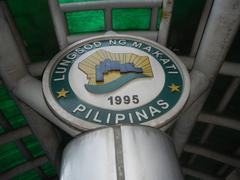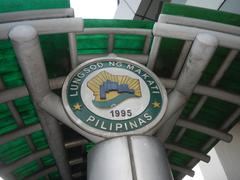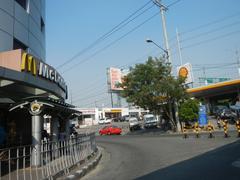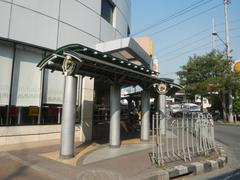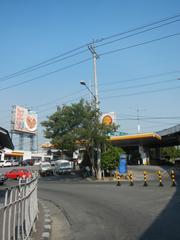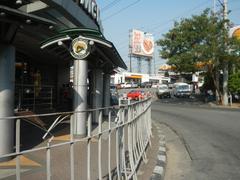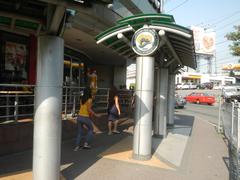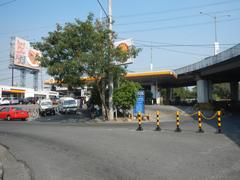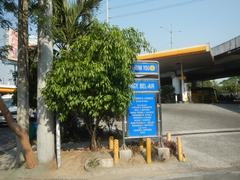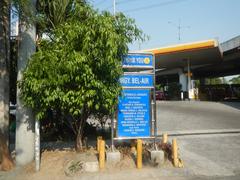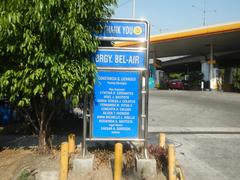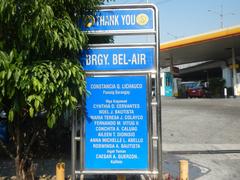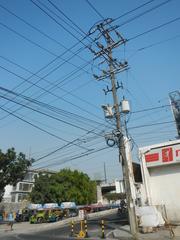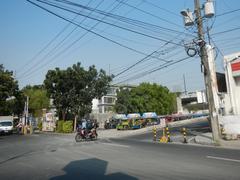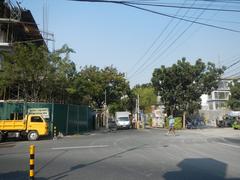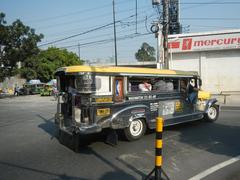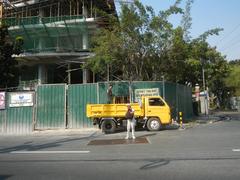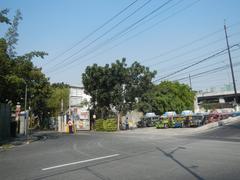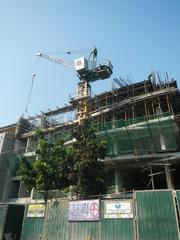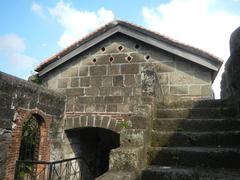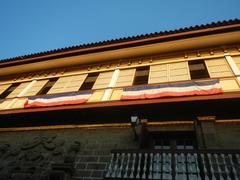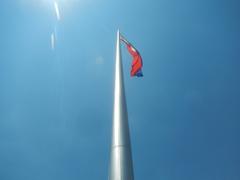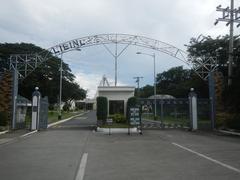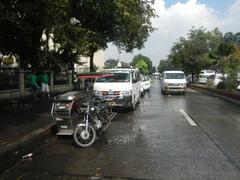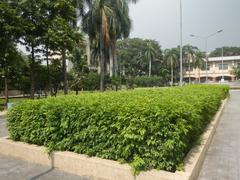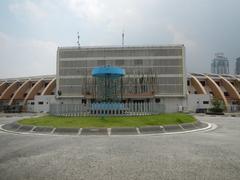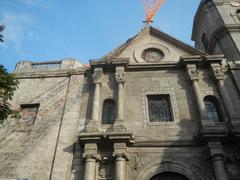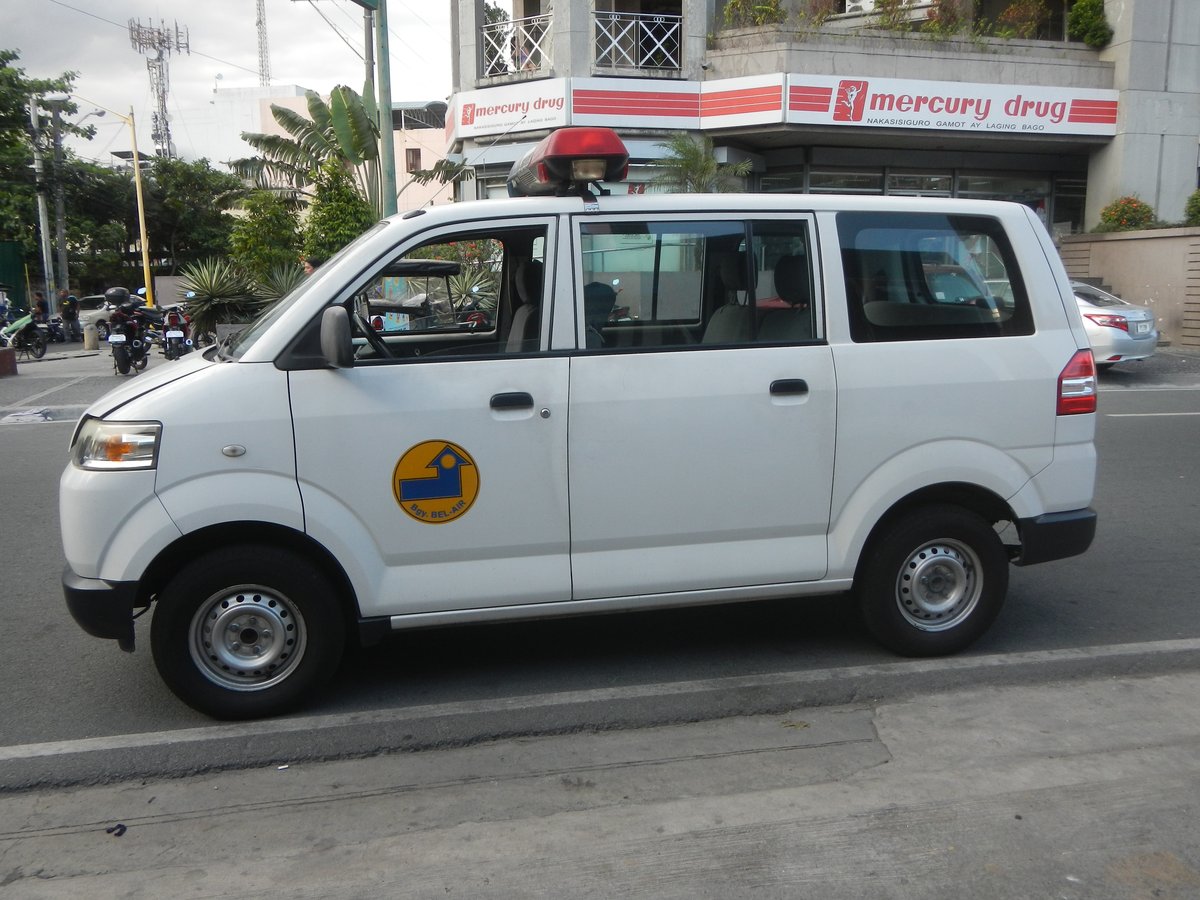
The Spirit of EDSA 2: Visiting Hours, Tickets, and Historical Insights
Date: 18/07/2024
Introduction
Discovering the profound history and significance of The Spirit of EDSA 2 monument in Taguig, Philippines, provides a unique opportunity to delve into a pivotal moment in Filipino history. This monument commemorates the second EDSA People Power Revolution, a peaceful uprising from January 17 to January 20, 2001, that led to the ousting of then-President Joseph Estrada due to allegations of corruption (source). The Spirit of EDSA 2 is a testament to the power of collective action and the Filipino people’s unwavering commitment to democracy. This event followed the precedent set by the first EDSA People Power Revolution in 1986, which ended Ferdinand Marcos’ 20-year dictatorship through non-violent resistance and civic engagement. Visitors to the monument can expect an educational and reflective experience, enriched by understanding the historical context, key figures, and the role of media and technology in the revolution. This guide provides comprehensive details on the monument’s history, visiting hours, ticket information, travel tips, and more, ensuring a meaningful and memorable visit.
Table of Contents
- Introduction
- History of The Spirit of EDSA 2, Taguig, Philippines
- Visitor Information
- Special Events and Guided Tours
- Legacy and Impact
- Commemorative Activities
- Further Reading and Resources
- FAQ
History of The Spirit of EDSA 2, Taguig, Philippines
Origins and Background
The Spirit of EDSA 2 monument in Taguig, Philippines, commemorates the second EDSA People Power Revolution, which took place from January 17 to January 20, 2001. This peaceful uprising led to the ousting of then-President Joseph Estrada, who was accused of corruption and plunder. The event is a significant chapter in Philippine history, symbolizing the power of collective action and the Filipino people’s commitment to democracy.
The EDSA People Power Revolution
The first EDSA People Power Revolution occurred in 1986, resulting in the end of Ferdinand Marcos’ 20-year dictatorship. This revolution set a precedent for peaceful protests in the Philippines. The second EDSA Revolution, often referred to as EDSA Dos, was inspired by the same spirit of non-violent resistance and civic engagement.
Prelude to EDSA 2
The events leading up to EDSA 2 began with allegations of corruption against President Estrada. In October 2000, Ilocos Sur Governor Luis “Chavit” Singson accused Estrada of receiving millions of pesos from illegal gambling operations known as “jueteng.” This accusation led to an impeachment trial in the Philippine Senate, which commenced in December 2000. The trial was closely followed by the public, with many Filipinos expressing their dissatisfaction with Estrada’s administration.
The Spark of the Revolution
The turning point came on January 16, 2001, when the Senate voted not to open an envelope that was believed to contain crucial evidence against Estrada. This decision sparked outrage among the public, leading to mass protests at the EDSA Shrine in Quezon City. The protests quickly gained momentum, with thousands of Filipinos from all walks of life joining the demonstrations.
Key Figures and Participants
Several key figures played pivotal roles in EDSA 2. Among them were then-Vice President Gloria Macapagal-Arroyo, who would later assume the presidency, and prominent political and religious leaders such as Cardinal Jaime Sin and former President Corazon Aquino. The involvement of these influential personalities lent credibility and support to the movement, galvanizing more people to participate.
The Role of Media and Technology
The media played a crucial role in the success of EDSA 2. Television networks, radio stations, and newspapers provided extensive coverage of the protests, keeping the public informed and engaged. Additionally, the advent of mobile phones and text messaging allowed for rapid communication and coordination among protesters. This technological advancement was instrumental in mobilizing large crowds and sustaining the momentum of the revolution.
The Climax and Resolution
On January 19, 2001, the military and police withdrew their support for President Estrada, further weakening his position. The following day, Estrada left Malacañang Palace, and Vice President Gloria Macapagal-Arroyo was sworn in as the new president. The peaceful transition of power marked the successful conclusion of EDSA 2, reinforcing the Philippines’ commitment to democratic principles.
The Spirit of EDSA 2 Monument
The Spirit of EDSA 2 monument in Taguig serves as a lasting tribute to the courage and unity of the Filipino people during this pivotal moment in history. The monument features a bronze sculpture depicting a group of individuals raising their hands in solidarity, symbolizing the collective strength and determination of the nation. It stands as a reminder of the power of peaceful protest and the importance of vigilance in safeguarding democracy.
Visitor Information
Visiting Hours and Tickets
The Spirit of EDSA 2 monument is open to the public year-round. Visiting hours typically run from 8:00 AM to 5:00 PM daily. Admission is free, allowing everyone the opportunity to reflect on this historical site without any financial burden.
Travel Tips
- Getting There: The monument is located in Taguig, Metro Manila. It is accessible via public transportation such as buses and jeepneys. Alternatively, ride-hailing services like Grab can provide a more direct route.
- Best Time to Visit: To avoid crowds, consider visiting early in the morning or late in the afternoon.
- Nearby Attractions: Combine your visit to The Spirit of EDSA 2 with nearby attractions such as Bonifacio Global City, The Mind Museum, and the Manila American Cemetery.
- Accessibility: The monument is wheelchair accessible, ensuring that all visitors can comfortably tour the site.
Special Events and Guided Tours
Throughout the year, special events and guided tours are organized to enhance the visitor experience. These activities often coincide with significant dates related to the EDSA Revolution, providing deeper insights and educational opportunities. Check the official website or local announcements for updated schedules and details.
Legacy and Impact
The legacy of EDSA 2 extends beyond the immediate political changes it brought about. It reinforced the idea that ordinary citizens have the power to effect change through peaceful means. The revolution also highlighted the importance of accountability and transparency in governance, setting a standard for future administrations.
Commemorative Activities
Each year, the anniversary of EDSA 2 is marked by various commemorative activities, including ceremonies, educational programs, and public discussions. These events serve to educate younger generations about the significance of the revolution and to inspire continued civic engagement and vigilance.
Further Reading and Resources
For those interested in learning more about EDSA 2 and its historical context, several resources are available. The Official Gazette of the Republic of the Philippines provides detailed accounts of the events and key figures involved. Additionally, the Philippine Center for Investigative Journalism offers in-depth analyses and reports on the political and social implications of the revolution.
By understanding the history and significance of The Spirit of EDSA 2, visitors can gain a deeper appreciation for the monument and the values it represents. This knowledge enriches the experience of visiting the site, making it a meaningful and memorable part of any trip to Taguig, Philippines.
FAQ
What are the visiting hours for The Spirit of EDSA 2 monument?
The monument is open from 8:00 AM to 5:00 PM daily.
Is there an entrance fee to visit The Spirit of EDSA 2 monument?
No, admission is free.
How can I get to The Spirit of EDSA 2 monument?
The monument is accessible via public transportation such as buses and jeepneys. Ride-hailing services like Grab are also available for a more direct route.
Are there guided tours available?
Yes, guided tours are often organized, particularly around significant dates related to the EDSA Revolution. Check the official website or local announcements for updated schedules.
Conclusion
Visiting The Spirit of EDSA 2 monument in Taguig is not just a journey through history but an immersion into the cultural fabric of the Philippines. The monument stands as a powerful symbol of the Filipino people’s resilience and their enduring commitment to democratic principles. The legacy of EDSA 2 extends beyond the immediate political changes it brought about; it reinforced the idea that ordinary citizens have the power to effect change through peaceful means (source). By understanding the historical significance and the values represented by The Spirit of EDSA 2, visitors can gain a deeper appreciation, making their visit both meaningful and memorable. The monument’s role as an educational resource and a hub for community activities ensures its continued relevance and impact on future generations. Engaging with the site’s history through guided tours, commemorative activities, and educational programs enriches the visitor experience, highlighting the importance of accountability, transparency, and civic engagement in governance. Whether you are a local resident or an international visitor, a trip to The Spirit of EDSA 2 offers a profound insight into the Philippines’ journey towards democracy and the ongoing importance of collective action and peaceful protest.
